#Greylag Goose Chicks
Explore tagged Tumblr posts
Text



#Graugans#Graugans Familie#Graugans Küken#Gray Goose#Gray Goose Family#Greylag Goose Chicks#Wild Life#Nature#Wild Life Germany
25 notes
·
View notes
Text




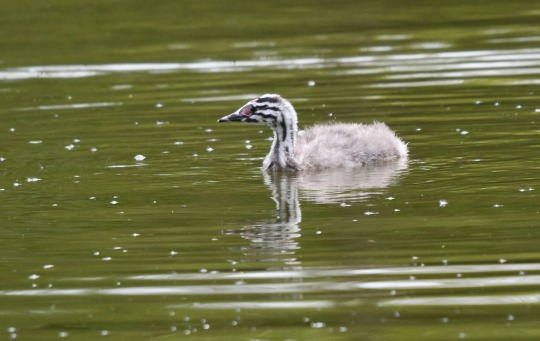
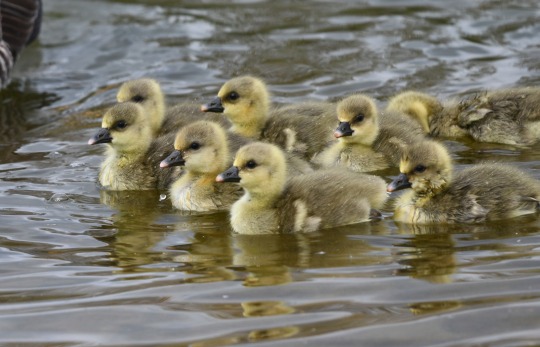
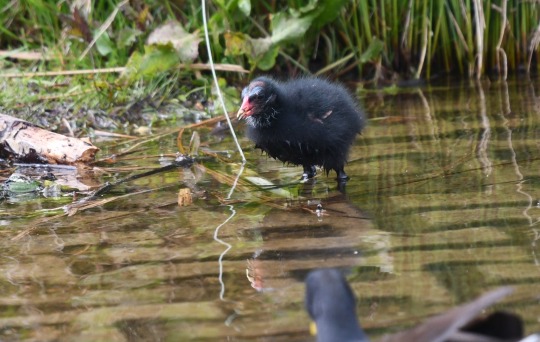
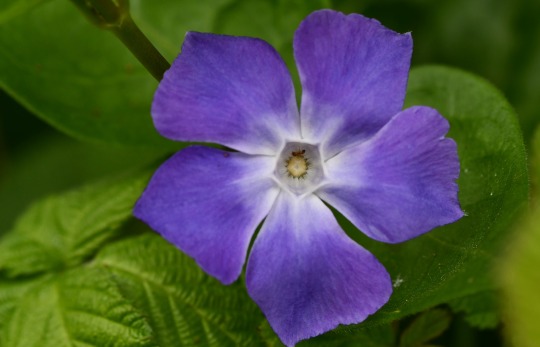

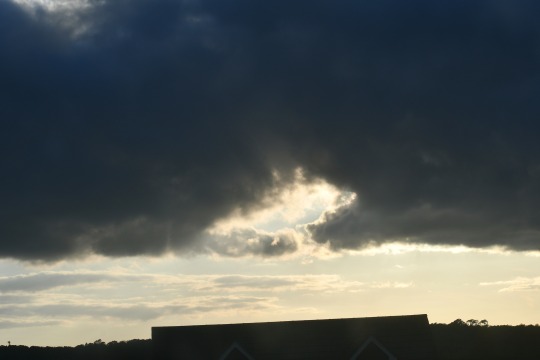
Some key photos from recent days; tree out the front and phone photo of greater celandine in Winchester yesterday, red campion, view, Great Crested Grebe chick, Greylag Goose goslings and Moorhen and chick at Lakeside Country Park today and periwinkle and Greylag Goose and goslings and sky on Tuesday. It's been fantastic seeing so many young birds this week.
#young birds#baby birds#2024#periwinkle#greylag goose gosling#goslings#moorhen#chick#great crested grebe#photograpy#april#uk#england#hampshire#world#outdoors#walking#birdwatching#europe
2 notes
·
View notes
Photo





!!! a new Child and their Parental Units have been sighted !!!
#goose adventures#greylag goose#goose#birds#cute#looks like goose adventures isn't over because this new family has turned up :D#they only have one chick tho#it's very smol#new model#freshly hatch#i wonder if they'll come around often and if i'll get to see this one grow up
15 notes
·
View notes
Text
[GOSSIP][190301] YUZHOU with greylag geese & swans
I) 190228: ZZ Studio published his schedule with a pic of him wearing the Balenciaga jacket (oh this couple stuff again)
190301: ZZ Studio changed its cover image - ZZ and 2 greylag geese
✩ Info from Google: Greylag geese mate for life. They'll often refuse to leave the side of a sick or injured mate or chick, even if winter is approaching and the other geese in the group are flying south. When a goose's mate dies, that bird will mourn in seclusion—and some geese spend the rest of their lives as widows or widowers, refusing to mate again.
--> So the 2 geese on ZZ Studio's cover pic represent a geese couple? Moreover, ZZ is the spokesperson for Coach and Superdry, but his studio still chose the pic in which he wore the couple Balanciaga jacket with Jingyu hehe




II) Those pics of ZZ with the greylag geese were probably taken on 180409~13 when he was in London:
☆ 180413: ZZ Weibo update in London


☆ Also on 《This is Timmy》 photocard:

III) Please notice the swans from ZZ's post as well cuz XII and JINGYU did share some pics of the swans
✩ 180813: XIII Weibo update

☆ And the swans from pic 4+5 are the same as JY's post (180731):


(Photo actually taken in Lucern when JY came to Switzerland on 180323~26)
✩ Info from Google: The swan also bear messages of love, devotion and partnership. They pair for many years. Sometimes swan unions are sustained for a lifetime.
#yuzhou#timmy xu#johnny huang#xu weizhou#huang jingyu#heroin web series#addicted web series#weibo#weibo update#190228#190231#180324#180413#greylag geese#swan#hint#hints#gossip
45 notes
·
View notes
Text
Tuesday 26th January 2021
Brought to you by the colour Pink

What’s that you say? Doesn’t look very pink here. This was the view of the back garden when I opened the curtains. Dark(ish) Frosty (very) and a bit foreboding.
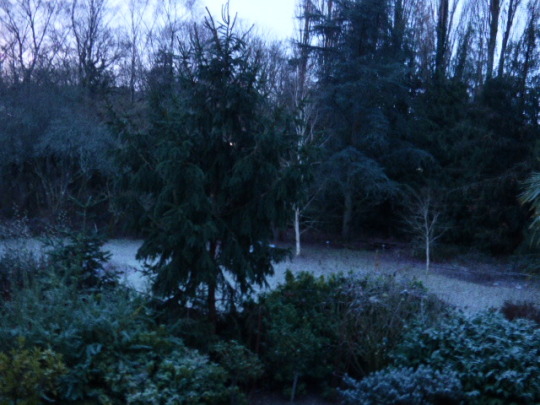
But a quick swivel to my left, from due South to South East and WOW.
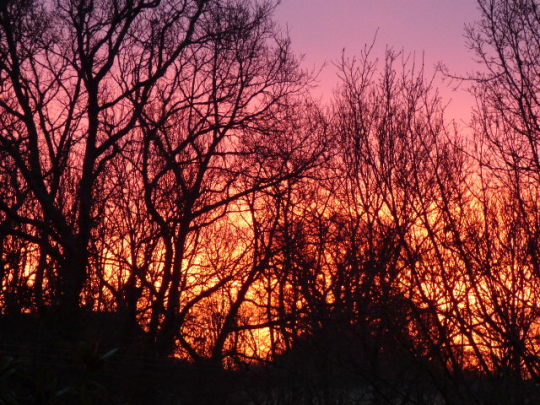
This was the view through the woods.
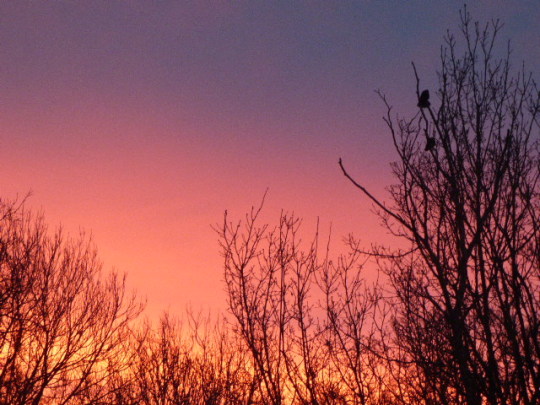
One with added Rooks and one without
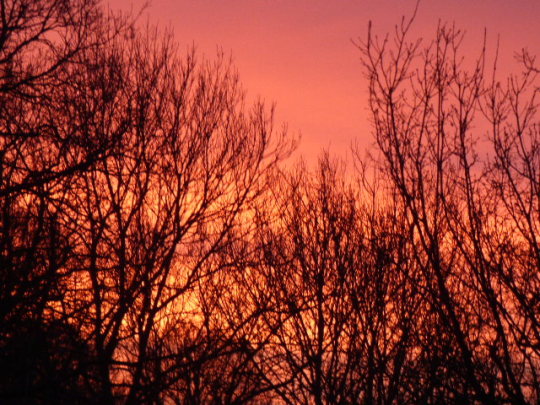
During sunsets and sunrises, when the Sun is closer to the horizon, sunlight has to travel through a longer distance and more of the dense environment to reach an observer’s eye.
When sunlight strikes, gas molecules such as nitrogen and oxygen; light of longer wavelengths, like red, yellow, and orange, easily passes through; while light of shorter wavelengths, such as blue and violet, is absorbed and then scattered in all directions by the gas molecules (stay with me)
When you look up at the sky during the day this scattered blue and violet light reaches your eyes, however, the human eye is more receptive to blue frequencies than violet frequencies, so the sky looks blue. This phenomenon is known as Rayleigh scattering: it’s named after British physicist John William Strutt, also known as Lord Rayleigh, a nobel prize winner no less. Besides making the sky look blue, it is also the reason why the Sun looks yellow during the day even though sunlight is white. When the Sun is high in the sky, the light has to travel a shorter distance through the atmosphere. This means most of the yellow, orange, and red light passes through, while a small amount of blue and purple light is scattered and removed from the mix. The Sun, therefore, looks yellow for us here on Earth.
Due to Rayleigh scattering, most of the light of shorter wavelengths (blue, violet, and green) are scattered away multiple times, leaving only lights of longer wavelength (red, orange and yellow) to pass straight through to the observer.
This is why a rising and setting Sun tends to take on spectacular hues of red, orange, and yellow.
And yes, I did have to look all of that up!
We’ve been speculating about the effect of less air and road travel on air quality during lockdown and read that the quality of the air that sunlight has to pass through also has an effect on the colour of sunrises and sunsets. Dust particles and pollutants tend to tone down the colours in the sky as well as impede light from reaching those of us looking from ground level. Because of this, the sky takes on dull hues of red and yellow when the air is full of dust and pollutants. This is why sunrises and sunsets in rural areas, over the ocean, and deserts are much more vibrant and colourful than over cities and urban areas. It’s information that’s very relevant to me having had eye operations which totally changed my perception of colours.
As lovely as our skies were in this rural area, I don’t think they compete with the views down at Rye Harbour looking out to sea.
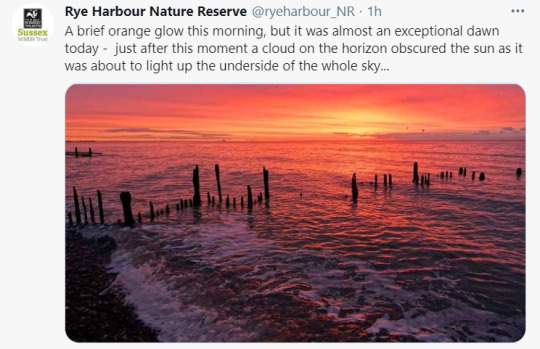
and if you do want to head over to their Twitter account, they have a lovely few seconds of time-lapse video of the sunrise. It’s just lovely.
I’ve got more pink - not so vivid, but still pink.
The Egyptian Goose is a very distinctive looking small goose with its chestnut eye patches and pink legs and is a member of the shelduck family. In the wild it is invariably found in pairs or family parties. Flocks of 50 or more can be found after the breeding season.
They were once common along the entire Nile valley and in ancient times were regarded as sacred, but the Egyptian Goose is now largely confined to upper Egypt. It is, however, widespread and common throughout sub-Saharan Africa and there are introduced populations firmly established in England, Holland, Belgium and France. They were brought to Britain in the late 17th century as an ornamental bird for the lakes of country gentlemen and apparently as an exhibit at St James’ menagerie.
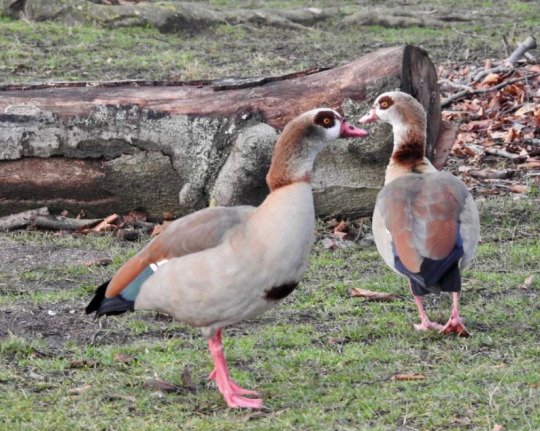
Photo Credit: my South East London Correspondent Ms NW tE
Egyptian Geese are early breeders, with pairs defending potential breeding sites from January onwards. Cavities in trees are favoured, but they may also nest on the ground.
BTO
Unfortunately, as always happens with introduced species, which become ‘invasive; there are concerns over conflict with native species which have now lead to restrictions on keeping them in Britain and Europe.
The UK Invasive Alien Species (Enforcement and Permitting) Order 2019 came into force on Sunday 1st December. The Order implements requirements contained in EU Regulation 1143/2014 on Invasive Alien Species, which sets out rules to prevent and minimise the impact of the introduction and spread of non-native animals and plants across the EU. The Order makes it an offence, amongst other things, to import, keep, sell, transport, breed or release into the environment, any of the listed plants and animals. Invasive alien waterfowl currently covered by this Order are Egyptian Geese and Ruddy Ducks
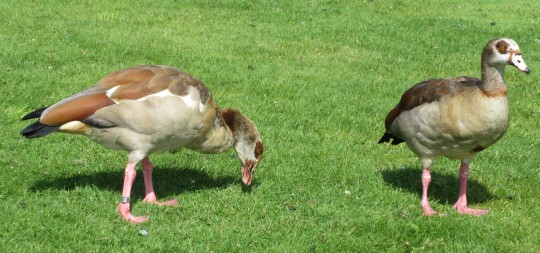
Egyptian Geese on the lawns in front of Kensington Palace.

I was going to say that was the last time we saw any, but thinking about it, there were some on the lake at Petworth House when we went last year.
Males and females look alike,except the female is smaller and often has darker markings on the bill. Their calls are distinctly different. The male emits strong but hoarse hissing sounds, while the female makes harsh, trumpeting quacks. I’ve put a sweet little video of a pair towards the end of this blog.
The main concentration of Egyptian Geese in England, is at Holkham Park where recent counts have totalled as many as 170 birds. Indeed today, according to The Wildfowl and Wetland Trust. Norfolk holds over 90% of the national population of some 900 birds.
In their tropical African home Egyptian geese frequent rivers, marshes and lakes resorting to a wide range of nesting sites. Cavities and holes in trees and abandoned nests of other birds may be selected; also ledges on cliffs and banks.
Males will draw attention to themselves for the mating season with noisy displays and fierce territorial fighting both on water and on land. Rivals will stand or swim, breast to breast, continually attempting to seize each other's backs near the base of the neck, while beating with wings and even striking with feet. It all sounds very violent.
Once mating has taken place, following on from egg laying, the birds almost disappear until the time comes to escort flotillas of goslings to the water. Clutches of eight or nine eggs hatch after about four weeks. The downy chicks are similar in markings to those of the Shelduck (confusing, but as I said, they are related) Sadly, despite the clutch size, it’s often the case that only one or two young survive following predation by Crows and competition with Canada Geese and Greylags. I suppose like Pheasants, the large lay compensates for the mortality rate.
Male and Female getting vocal below...
youtube
That it’s for today. sunrises and Geese. The Blog that just keeps on giving.
NOTE FROM THE KITCHEN:
Tonight’s supper is a roast chicken with tarragon, roast parsnips and potatoes and left over veggies including some really lovely ratatouille.
FACT OF THE DAY:
I was not wearing any pink. I was wearing a rust coloured jumper, which some of you may be familiar with and dark moss green trousers. What a fraud.
Research: waterfowl org and Birds of Britain
0 notes
Video
Greylag goose by Adam Swaine Via Flickr: The ancestor of most domestic geese, the greylag is the largest and bulkiest of the wild geese native to the UK and Europe. In many parts of the UK it has been re-established by releasing birds in suitable areas, but the resulting flocks (often mixed with Canada geese) found around gravel pits, lakes and reservoirs all year round in southern Britain tend to be semi-tame and uninspiring. The native birds and wintering flocks found in Scotland retain the special appeal of truly wild geese.. Our commonest native goose, the greylag goose can be very territorial while nesting, chasing other geese and large birds away from its nesting site. Greylag geese become sociable again once the chicks have hatched, with several families of goslings sometimes grouping together. Greylag geese have short bills and prefer to graze pasture and meadows where cattle or sheep are grazing. They will also take grain, root crops and leafy vegetation..
#geese#canon#goose#rspb#Adam Swaine#Birds#water birds#britain#beautiful#wildlife#nature lovers#nature#natures finest#waterside#england#2020#wild foul#animals#Kelsey Park#lakes
0 notes
Text
Swan-ning up to WWT Slimbridge
So my latest adventure took me somewhere I’ve been dying to visit for ages, WWT Slimbridge! And got lucky by going with my mate and fellow wildlife filmmaking enthusiast Tom Campbell, who also works there so knows his way around and was my personal expert for the day! This is Wildfowl and Wetlands Trust (WWT) headquarters so is a pretty big deal. It is a really important place for wildlife conservation as the base of research, captive breeding and housing the largest collection of Wildfowl in the world! A great example of this is the captive breeding done by founder Sir Peter Scott involving the Hawaiian Goose which brought the species back from the brink of extinction!

When we walked in the sound of every type of bird song I could imagine hits you, including but not limited to quacking, honking, cooing, cawing, singing, chirping, chorusing, clucking trilling, shrieking, whistling, squawking but definitely no cock-a-doodle-doing.

We spent the day surrounded by the biggest of British birds: swans and geese and it’s the time of year for dramaaa despite the presence of the cutest little chicks, goslings and cygnets! This greylag goose and its gosling were sitting outside the entrance as if welcoming us. Which you’d find hilarious if you knew how much we were victims of aggression by the geese, all of the day… just so much aggression…

There were some really interesting species around that I hadn’t seen before like shelducks, cranes and godwits. And also my first glimpse of a beautiful lapwing!

But my personal favourite moment was my first ever sighting of a kingfisher! We spent about 15 minutes waiting in the hide before the pair came into good view going in and out of their hole and bathing. It didn’t last very long but it was incredibly special for me to see such an iconic species I’ve admired for years.

After that we went on the canoe safari which was actually even better than I thought, it was awesome! Such a peaceful place, quietly rowing through reeds and trees and wildlife, past herons in trees, otter access points and great crested grebes less than 2m away. Tom managed to find a swan’s egg shell too which was stunningly strong and solid, the cygnets busting out of those prison cells must come out absolute troopers! It will make a great part of the dead stuff collection I’ve started for our potential future house!

After that we played with a very trusting rook I originally named Ricky, we had him literally sitting with us at the table taking food very delicately from my hand as well as easily catching thrown crumbs from Tom every single time!

Slimbridge was an awesome place for me to have finally got the opportunity to visit and I can’t wait to get out there in the future for lots more days of photography and videography.
Keeping searching,
Isaac
0 notes
Text
a few weeks ago at work I saw a Canada goose and a greylag goose together so I googled goose hybrids and learned they could have viable eggs (yay). and today I saw a strange pretty goose and armed with that knowledge I knew it was a hybrid (although might be chick of those other geese as it was too old). which was cool. it had mostly greylag markings but a little darker and a cute canada goose mask but with less contrast.
0 notes
Text
Day 4 - Chicks not eggs.
Another dead blackbird chick to add to the carnage on the streets of Little Paxton. And at Easter too. It was probably not human-related, at least directly, but it’s always unpleasant to see. A new (to us) cut through by the river gave us a chance to meet a robin chick, fledged and pretty much flying, but still being fed by the adult (probably) male. It was speckled and brown and had a very short tail - excellent camouflage as it jumps about in leaf litter, and without the adult appearing I wouldn’t have been at all sure what it was. It let us walk past ever so close. I hope it’s not so trusting of cats.
To be honest, I wouldn’t say I was a birdwatcher: though I have more than a passing interest in identifying what’s around me, I wouldn’t go somewhere just to seek sight of a species. But my thoughts have been turning to nightingales, placed, as we are now, in a bit of a hot spot. I’m not sure I’ve ever heard one, so I’ve been trying to get my ear in using the Wildlife Trusts’ Soundcloud before their early spring arrival. Today might have been my first.
Or it was a song thrush.
I’ll keep trying.
sightings: swan, greylag goose, coot, moorhen, blackbird, wood pigeon, collared dove, robin, rabbits, jackdaws, rooks, pied wagtail, mallard, tufted duck
soundings: robin, blackbird, chiff chaff, wren, blue tit, nightingale/song thrush, magpie, rooks, pheasant, wood pigeon
0 notes
Video
tumblr
50 notes
·
View notes
Text

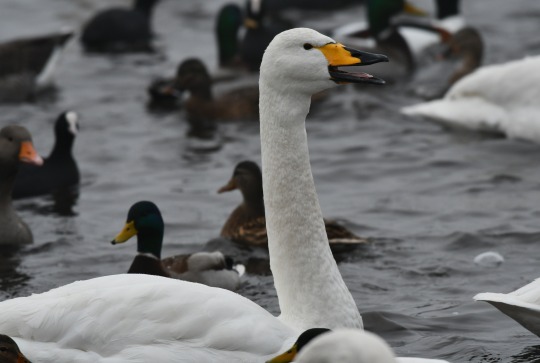








Ten of my favourite photos taken in January 2025 and month summary
The photos are of; Firecrest at Lakeside Country Park, Whooper Swan with Mallards, Shelduck, Greylag Goose and Coot and Ruff with a Mallard at WWT Martin Mere, Great Crested Grebes and chicks at Lakeside, Fox at Pennington, teasel seed heads and willow bracket fungi at Lakeside, sunset at Southport, sun shining through trees at Lakeside and view at Toyd Down.
I had a swashbuckling start to my birdwatching year this month. We had an amazing week off filled with brilliant birdwatching centring on the amazing trip to the north west to visit WWT Martin Mere where between there and Southport where we stayed immersive scenes of masses of Whooper Swans, pristine Pink-footed Geese, Ruffs, Black-tailed Godwits, Lapwings, many Shelducks, Pintails, Pochard, Water Rail, Cetti’s Warbler, Reed Bunting, Snow Bunting, Marsh Harriers a star throughout the month, Fieldfare and Great Spotted Woodpecker were splendid to observe. Treecreeper was seen too a bird I had a phenomenal start to the year for seeing spotting them at a few locations and fabulous Firecrest and stylish Siskins were another two bright birds I enjoyed smashing views of at home especially on patch at Lakeside Country Park. A remarkable five grebe species spotted in the space of six days including stunning views of Black-necked Grebe, Red-necked Grebe and Slavonian Grebe, dashing ducks rarities Scaup and Green-winged Teal, fantastic views of a rare Lesser Yellowlegs and fine Barn Owl views were other highlights down south. Also starring in the very first days of the year and during the week off were Cattle Egret, Spoonbill and Glossy Ibis, Sanderling, Purple Sandpiper, Green Sandpiper, Ringed Plover, Grey Plover, Golden Plover, Spotted Redshank, Snipe, Great Northern Diver, Guillemot, Common Gull, Great Black-backed Gull, Kingfisher, Goldcrest, Bullfinch, Greenfinch and Green Woodpecker.
As the month went on I was stunned to see majestic White-tailed Eagle and Long-eared Owls over one extraordinary weekend with Raven, fine Black Redstart and Red-legged Partridge seen too, Grey Partridge and Corn Bunting were fantastic farmland birds to see, Redwing was a great bird to see at Lakeside and the Peregrine pair of Winchester were special to see in the new year. Notable locally also was the extraordinary scene of a Great Crested Grebe pair with adorable humbug chicks already and some movements towards courtship and breeding for others around in our ever-changing world. I really enjoyed doing the RSPB Big Garden Birdwatch again this month with Woodpigeon, Blue Tits, Goldfinches and numerous Starlings among the key species I saw. I also enjoyed seeing Grey Wagtail, Redpoll, Ring-necked Parakeet and Little Grebe this month. I’ve been lucky to see an extraordinary amount of birds this month competing well with the numbers my very best past year lists have ended January on.
I started my mammal year well too with fantastic Fox views at Pennington, Sika Deer in Dorset on the way to Weymouth and Portland, Brown Hares and Common Seals in Langstone Harbour key sightings and good views of Roe Deers and Grey Squirrels. I saw some impressive spiders at home and a few Grey Silverfish. There were some interesting plants around with red campion, red deadnettle, white deadnettle, petty spurge, annual mercury, yarrow, ivy, periwinkle, cow parsley, groundsel, gorse, daisy, dandelion, hazel catkins, violet, winter heliotrope, winter aconite, crocus and snowdrops and daffodils hinting of spring pretty species seen flowering. Seed heads including teasel, wild carrot, old man's beard and fleabane, cuckoo-pint and thistle leaves and firethorn and privet berries and rose hips were other appealing plant sights this month. Moss and lichen including fairnose cartilage lichen were good to see. There were some great fungi moments with turkey tail and scarlet elf cups enchanting the woods of Blashford Lakes and willow bracket and birch polypore at Lakeside.
I got to take in some stunning landscapes this month including headland, beach and other coast, wetland and marsh, lakes, river, farmland, heathland and woodland and winter gripped the landscape at times from icy and frosty scenes to dramatic blustery weather. There were some stunning winter sunsets especially in Southport and the New Forest and addictive views of the moon with Mars beside at one point which I thoroughly enjoyed taking in.
#photography#birdwatching#january#2025#lakeside#lakeside country park#southport#eastleigh#fox#new forest#pennington#outdoors#england#uk#world#nature#home#walking#beginnings#winter#europe#firecrest#whooper swan#white-tailed eagle#scarlet elf cup#red campion#toyd down
6 notes
·
View notes
Text

#Graugans;#Graugans Familie;#Graugans Küken;#Gray Goose;#Gray Goose Family;#Greylag Goose Chicks;#Wild Life;#Nature;#Wild Life Germany;
10 notes
·
View notes
Text





18/10/2024-Views including beautiful autumnal colours, dandelion, a Raven which it was great to see a couple of again and Great Crested Grebe and chick at Lakeside Country Park today
Butterflies and dragonflies Red Admiral, Speckled Wood, Common Darter and Migrant Hawker seen well in the sun at lunch time, Robin, Blackbird, Long-tailed Tit, Chiffchaff heard, lots of Moorhens, Greylag Goose, Grey Squirrel, dock, bramble flower, plantain, rose hips, guelder rose berries and lichen were other highlights at Lakeside with Red Admiral and Ring-necked Parakeet enjoyed through my bedroom window flying by as well as Starlings out the back at home.
#photography#great crested grebes#raven#autumn#rose hips#colourful#ring-necked parakeet#birdwatching#outdoors#happy#walking#moorhen#grey squirrel#2024#long-tailed tit#dock#photos#friday#october#europe#lakeside country park#lakeside#hampshire#england
4 notes
·
View notes
Text






11/10/24-View, Migrant Hawker dragonfly, Great Crested Grebe and chick, Greylag Goose and bull at Lakeside Country Park and Woodpigeon at home. It was captivating to observe the Migrant Hawker, sensational as the soft autumn sunlight brought sparkle to its wings, thrilling moments as I got my longed for first chances for photos of a Migrant Hawker settled this year having enjoyed photographing them in flight a couple of months ago and many views of these gorgeous dragonflies this year.
At Lakeside I also loved seeing Common Darter, getting precious intimate glimpses of settled Speckled Woods as these butterflies dazzle into autumn, a white butterfly probably Small White, Moorhen seen well, Mallard, an exquisite Shoveler seen this evening not one I've often seen at Lakeside only the third time, Herring Gull, Kingfisher, Robin, Magpie, Carrion Crow, white clover and buttercup on the way into Lakeside, knapweed, scabious, daisy, ragwort seed heads, rose hips, guelder rose berries, sweet smelling apples, scurfy twiglet and my first pleated inkcap of the year. Collared Dove, Jackdaw, Herring Gull, Goldfinch, House Sparrow and delightful Blue Tits were also good to see at home today.
#migrant hawker#speckled wood#greylag goose#dragonflies#goldfinch#outdoors#scabious#shoveler#woodpigeon#birdwatching#photography#lakeside#flowers#butterflies#insects#home#walking#outside#autumn#october#sunny#eastleigh#hampshire#england#uk#europe
4 notes
·
View notes
Text






16/08/2024-Woodpigeon, chamomile and bird's-foot trefoil, tree and one of the Great Crested Grebe chicks which I got wholesome and stunning views of today at Lakeside Country Park and musk mallow with a bee on and pretty bindweed at the flower bed area out the front.
Other highlights at Lakeside today were Migrant Hawker, Common Darter and Black-tailed Skimmer dragonflies, Blue-tailed Damselfly, Common Blue, Speckled Wood, Meadow Brown and Gatekeeper butterflies, House Martin, Blackbird, glorious views of Long-tailed Tits in a bush out the front, Collared Dove, Moorhen including great views of two chicks, Lesser Black-backed Gull, Greylag Goose, Mallards, beautifully sunlit purple loosestrife, red bartsia, great willowherb, red clover, water mint, hemp agrimony, wild parsnip, wild carrot and ragwort seed heads with Magpie and Collared Dove enjoyed at home.
#woodpigeon#red bartsia#mallow#musk mallow#great crested grebe#migrant hawker#photography#birdwatching#2024#august#summer#wildlife#blackbird#outdoors#walking#walk#friday#greylag goose#moorhen#lakeside country park#europe#hampshire#england#uk
5 notes
·
View notes
Text










Grey Heron at Lakeside Country Park on Monday, sloe at Shipton Bellinger and flower in the garden on Sunday, beautiful view and Peregrine at Durlston on Saturday, Peregrine in Winchester today, Feral Pigeon in Abbey Gardens today and wild carrot, purple loosestrife and sky on a gorgeous evening walk at Lakeside this evening.
Hemp agrimony, pineappleweed, lemon balm, forget-me-not, Red Admiral, Large White, Small White, Holly Blue, Common Blue, Gatekeeper, Swift heard, Moorhen, Great Crested Grebe and chicks, growing Greylag Goose goslings, Mallard and a growing duckling at the River Itchen in Winchester at lunch time, Banded Demoiselle there too and Black-tailed Skimmer at Lakeside were other highlights this evening.
#photography#pineappleweed#holly blue#peregrine falcon#winchester#river itchen#lakeside#lakeside country park#heatwave#summer#2024#july#outdoors#england#eastleigh#europe#uk#hot#red admiral#butterflies#birdwatching#wildlife#happy#walking
2 notes
·
View notes
